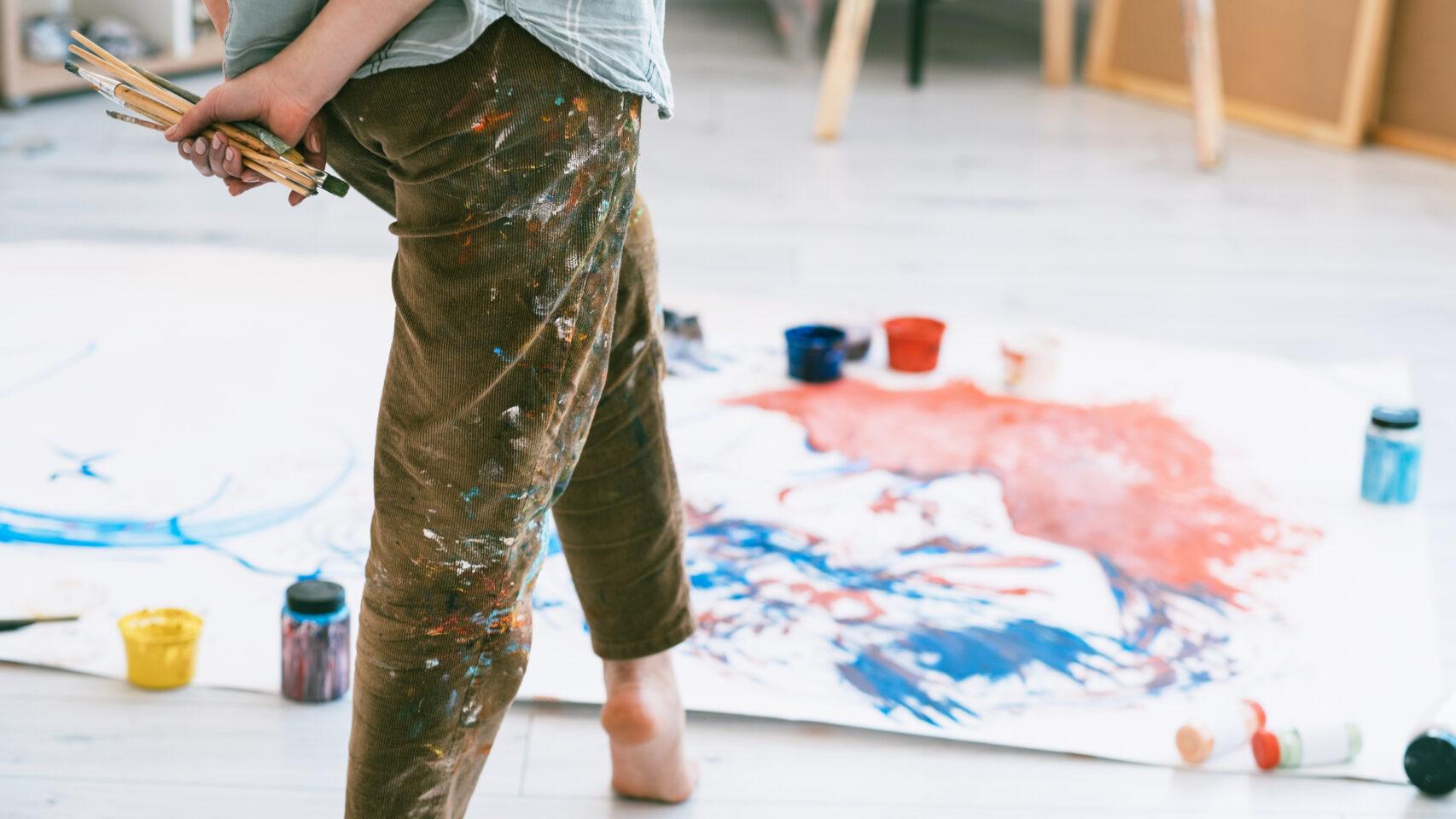
How art therapy is helping people overcome trauma and mental health issues
August 31, 2023
The concept of talk therapy often conjures up images of clients talking openly and easily with a trusted professional, having ‘breakthroughs’ and healing through verbal communication. And with good reason; it is a highly practiced and effective mode of helping people heal from trauma.
But what if you can’t yet find the words?
Art has captured the imagination of humans for thousands of years, and the creative process has long been used as a tool to help people relax. Painting, drawing, collage, sculpting and even photography can elevate your mood into a more positive mindset. The infinite ray of colours, compositions and mediums that play a part in creative expression help bring automatic thoughts and core beliefs to the surface, and influence a mindful state.
For those who might never have considered themselves to be creative, the prospect of engaging in art therapy might seem daunting. What if we’re no good at it? What if no one likes our painting? Thankfully, art therapy is not necessarily about the finished piece of art, but the creative process of self-discovery. A swoosh of a brush can help clients explore their feelings, boost self-awareness and help process grief and trauma. The aesthetic of the end result is unimportant. What we can deduce about our mental state from our creation, is.
When Jon*, 27 came in for treatment, he didn’t quite know how to express what he was feeling. His primary therapist suggested having a go at art therapy, to see where it might lead them. “I remember just being overwhelmed with thoughts. I knew I wanted to say so many things, but I hadn’t made sense of so much in my head. It felt impossible to know where to start,” says Jon.
During his time at South Pacific Private Jon undertook an art therapy session where he was instructed to select colours and simple shapes to represent the significant people in his life. The picture said more than a thousand words could.
“When I stepped back and looked at what I had created, and talked through my colour and shape choices with my therapist, so much became clear and it really opened up the dialogue between us,” says Jon. “There were so many things that had been buried deep in my unconscious mind, and that simple painting brought them all to the surface and gave me a starting point. I’ll admit it’s no Picasso, but it’s a masterpiece of my mind. I still have it all these years later.”
What is art therapy?
Art therapy is a type of psychotherapy that uses art media as its primary mode of expression (British Association of Art Therapists). It blends psychotherapeutic techniques with the creative process to improve our mood, decrease stress and enhance wellbeing. Qualified professionals trained in both art and therapy guide these dynamic sessions combining active art-making and psychological therapy. Art therapy can be a powerful method to engage the mind, body and spirit that talking therapy alone can’t always accomplish.
The unique influence of art therapy on our mental health, is partly due to the fact that it harnesses the right and left sides of the brain. During the creative process humans engage critical thinking and flex their imagination. So, when you make art, it’s tapping into both the creative and analytical parts of the brain, helping the brain work harmoniously and improving cognitive function.
The benefits of art therapy
For many people, art is cathartic, and research shows that for people suffering from mental health issues such as depression, anxiety and post-traumatic stress disorder (PTSD), the creative process of making art is a positive way to represent inner experiences, express emotions and develop awareness. Known as the mother of art therapy, psychologist Margaret Naumburg, author of Dynamically Oriented Art Therapy, believed that through the creative process, individuals brought to light unconscious thoughts and feelings they might have repressed.
Art therapy has been shown to alleviate symptoms of mental health issues such as anxiety and PTSD. One study found that art therapy could help people suffering from PTSD feel more relaxed and have less intrusive thoughts from their traumatic experiences. The sessions can help patients express how they really feel, without having to find the right words. “Using art in therapy can help clients to get in touch and explore their unconscious,” says Andrea Szasz, psychotherapist and program director at South Pacific Private. “Finding the words and putting our experiences into coherent narratives is often difficult — and even more so when trauma or loss has fragmented some of our memories,” she explains. “In the delicate process of painting, drawing, creating collages and other forms of art making, feelings and themes may emerge that were hidden before. A skilful and experienced therapist can then help further explore these themes and emotions. We often say art therapy is all about the process, not the product.”
How we integrate art therapy
At South Pacific Private, art therapy is an integral part of our three-week program. Along with somatic yoga and meditation, patients have the opportunity to use creative mediums such as drawing and painting to relax, deal with anxiety and explore self-expression. Our trained therapists can help a patient gain a deeper understanding of their feelings and thoughts and teach them how to utilise relaxation techniques on their road to recovery.
If you or someone you know is struggling, take a self-assessment here, call 1800 063 332 or contact us here to find out more about our programs.

